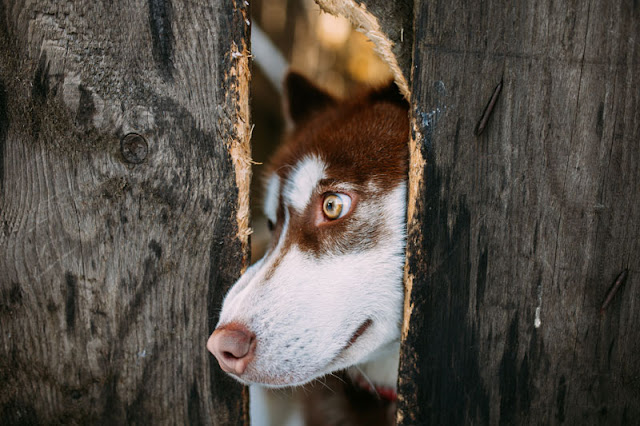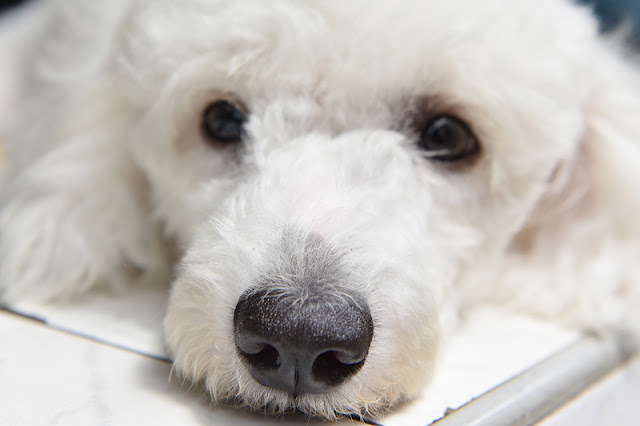Home
Happy cats. Happy dogs. Thanks to science.
Join the newsletter and learn how to have even happier pets one 5-minute email at a time.
Zazie Todd, PhD, is an animal behaviour expert and award-winning writer who is at the forefront of the move towards positive animal welfare and kind, humane dog training methods. Her latest book, Bark! The Science of Helping Your Anxious, Fearful, or Reactive Dog is out now in paperback.
“This book is a must-read for anyone caring for a reactive or anxious dog.”
—The Times
“Encyclopedic in scope and packed with references to new findings in animal behaviour.”
—The Guardian
New and Trending
- AI says no: Meta's bots wrongly suspended me from Facebook
- Why do people use outdated dog training methods? (Psychology Today)
- The LGBTQ+ human-animal relationship (Psychology Today)
- Human remains detection dogs and historic searches with Kim Cooper and Cat Warren (The Pawsitive Post)
- Fearful and anxious dogs with Zazie Todd, PhD, at Bark! Fest
- Get the checklist for a happy dog
Recent Media Mentions and Interviews with Zazie Todd
As seen in The New York Times, The Guardian, The Vancouver Sun, Global National, CBC Radio, Radio New Zealand, and more, here are some of my recent media mentions.
Common myths and curly questions about our fur friends answered, RNZ Sunday Morning, 7 June 2025; also, understanding strange dog behaviour, RNZ, 8 June 2025
Can your dog ever escape its genes? BBC Countryfile, 30 May 2025
Wag more, Bark less, Behavior Buzz with 2 Amys podcast, 30 April 2025
Accepting who your dog is, The British Columbia Review, 28 Mar 2025 (STARRED review)
Upcoming Events
 |
Watch the recordings from Bark! Fest
Watch some of my post popular Youtube videos
Listen to the most popular episodes of my podcast
Praise for Companion Animal Psychology
"My favourite animal-related blog"--Patricia McConnell, PhD








